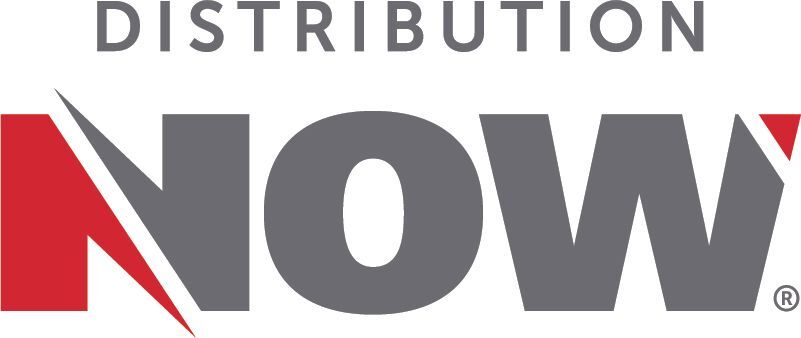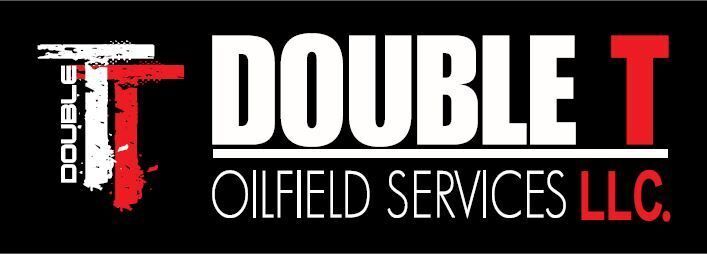
You’ve volunteered your time, and you’ve donated yearly. Despite your heavy involvement in the organization, you’re ready for something more. You’ve dipped your toes into the nonprofit world, but now it’s time to full-on swim. Before jumping in, you understandably want to know what’s in the water. We’re talking, of course, about joining a nonprofit board of directors.
Joining a board of directors is the logical next step to increasing your involvement with an organization. However, many don’t know exactly what that means or what it takes to be a part of a board. Together, let’s explore what goes into serving a nonprofit and sitting on their board of directors to see if it could be the right fit for you.
What Is a Nonprofit Board?
Every 501(c)3 organization is required to have a board of directors. That board helps to govern and oversee the operations of the organization. Members of the board are involved in voting on important decisions related to the nonprofit’s future, as well as fundraising and providing leadership and guidance.
Who Can Be on a Board?
The IRS requires that each nonprofit organization have at least three board members. However, many boards are made up of more members. Often, board members are chosen by a selection committee made up of people close to the organization. That means if you’re looking to be involved with a 501(c)3’s board of directors, it’s important to familiarize yourself with those close to the organization. You’ll also want to demonstrate your passion and involvement with the cause through past volunteer and giving experience.
What is Expected on a Nonprofit Board?
Above all else, an organization’s board members are expected to have a passion for the cause. While serving looks great on a resume, that shouldn’t be the driving motivation.
Giving your time is another expectation. Time commitment can vary depending on the organization. At a minimum, a board member needs to meet at least once per year in-person, although most boards involve quarterly or even monthly meetings.
Board members are also expected to financially contribute, although that doesn’t mean you have to be made of money to serve on a board. Any type of contribution is helpful, no matter how big or small. Many organizations would like to say that 100% of their board members are donors, which could mean any amount. In addition, one of your biggest goals on a board is to help draw interest in the organization by attracting additional donors and volunteers. You would be expected to leverage your network and even help call upon strangers to explain the cause. Board members are advocates for the organization in all aspects.
What Would I Get Out of Being a Board Member?
Being on a nonprofit board is a big commitment, but it is incredibly fulfilling if it’s the right fit. Because you are pouring more of yourself into the organization, you’ll likely be more invested in the success. While being a resume builder shouldn’t be the sole reason you’re serving on the board, it is an added perk. Above all, you’ll make new connections and have the opportunity to make a lasting impact.
If you’re ready to take the next step with an organization, consider speaking with the executive director about developing a path to join the board. Even if there are no available seats today, there will undoubtedly be more openings in the future. Giving back your time as a board member is a fulfilling way to help make a difference for a cause that you love.


































